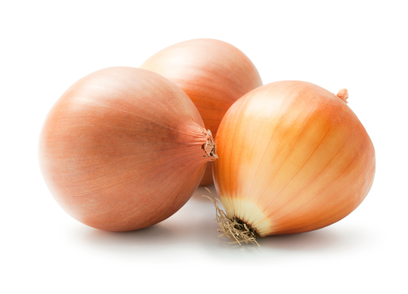Think of this as a graphic design glossary…but we’ll try not to make you glaze over! Here’s some of the terms you might hear us talk about and what they mean:
GD: Graphic design or graphic designer
Fonts: The design or style of the text/characters we use. Bold, italic etc are additional styles, not different fonts.
Leading: You might know this as line height; it’s simply the space between the lines. We love leading because it makes large blocks of text easier to read
Typography: This is how we use text alone to create a statement in terms of how we position it, using different sizes, styles etc – all for creative effect!
Bleed: Nope, we don’t have a paper cut. This is the area outside your design that the printer needs to make sure you don’t get nasty white edges. You see, as great as printers are, they need a bit of leeway with their cutting. We don’t put any important info in here, just the edge of any images or background colours.
Trim: This is the final size of the document. In advertising terms, this is the boundary of your advert – we don’t put important info right up to the trim line (see Safe Zone).
Safe Zone: This is an area several millimetres away from the trim or edge of your artwork. This ensures that any shoddy cutting won’t get rid of your important information. It also looks FAR better if you keep your text etc away from the edges. So forgive us if we don’t seem to be using every square inch of the page!
White Space: No, this isn’t wasted money. And it doesn’t have to be white. It’s simply the art of leaving space around an object you really want to draw the eye towards.
CMYK vs RGB: No, we haven’t turned into a computer spouting some crazy language. CMYK stands for Cyan, Magenta, Yellow and Key (Black) and these are the colours that we use to make up all the pretty colours you see in printed work. Think of it simply as mixing paint. RGB stands for Red, Green and Blue. This colour system is used for digital and web-based artwork. This is the same as you might remember seeing up close on an old telly (I’m sure I’m not the only one). When you have full light, lots of every colour you get white, when you have no light, that’s none of any colour you have black. And all the permutations in between make for a colourful display on your screens. If we want something for print we need CMYK – for online RGB is fine – but don’t worry we can convert between the two, no need for you to stress.
Resolution and DPI: When you take a photo it has a certain number of dots per inch (dpi) and a finite number of dots of width and height. With that in mind if you continue to increase the size of the photo the number of dots doesn’t increase. It stays the same, but the dots themselves get bigger. That means there are fewer dots per inch and therefore the resolution is lower. You don’t need to worry too much about getting around this, but when you send in a tiny, weeny photo and ask us to put it on a billboard – this is the reason we can. There simply aren’t enough dots.
Vectors: This is a completely different type of artwork. Vector graphics are essentially made from a series of mathematical curves. Unlike your photos as we mentioned above there are no dots. It’s science. That’s why vectors are scalable, up to the size of a house and far beyond. When we want copies of your logo for use on your marketing literature we really, really, really want a vector. Sometimes it’s hard to find them, like paperwork and Madonna CDs. If you can’t, we can create them for you and it’s often pretty simple. Just ask for our logo redraw service.
There’s loads more we could talk to you about, but we don’t want you to switch off, do we? But we do want you to know that we are here to explain all this and more whenever you need us to. So please just give us a call.
We don’t bite!

